Straight on Till Morning (1972)
Directed by: Peter Collinson
Written by: John Peacock
Starring: James Bolam, Katya Wyeth, Rita Tussingham, Shane Briant
UK
AVAILABLE ON DOUBLEPLAY BLU-RAY AND DVD: January 29th, from STUDIO CANAL
RUNNING TIME: 94 mins
REVIEWED BY: Dr Lenera, Official HCF Critic
Brenda, who writes children’s stories, leaves the Liverpool home she shares with her mum and moves to London, desperate to find a man. After living for a bit in a grubby bedsit, she finds a job at a fashionable boutique, and takes a spare room in a flat owned by one of her co-workers, Caroline. The first guy she sets her sights on she finds in bed with Caroline. But she encounters a second one, a shy man called Peter, and kidnaps his dog so she can get to know him. But Peter is a serial killer….
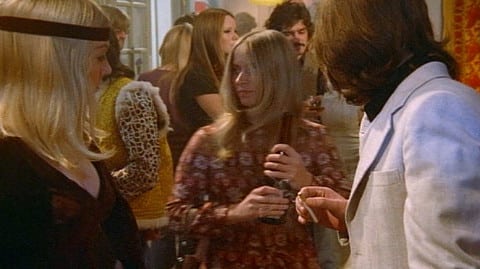
Bloody hell! That’s probably a strange and even unprofessional way to begin a review, but I’m quite shattered and upset by what is the darkest ending of any Hammer film. One thing that this endless Hammer project of mine has really changed my mind on is the idea that the studio was in decline and running out of ideas during the early 1970’s. In fact, despite increasingly smaller budgets, they tried very hard to put fresh spins on their formula, it’s just that the public were no longer very interested in the Hammer product, and with Straight On Till Morning, a film that you wouldn’t know was a Hammer film at all if you’d missed the opening credits, and a film that many Hammer fans seem to detest, they really did try to do something different. This is an odd melding of psycho thriller, dark romance and social realism influenced more by the likes of Peeping Tom and the recently released Night Digger, not to mention directors like John Schlesinger and Nicolas Roeg with their flashy editing techniques. It’s not a total success – the story doesn’t compel as much as it should despite having the right ingredients, and I wasn’t totally sold on Rita Tussingham’s lead performance, the actress rather overdoing things and making her character seem too annoying and stupid, though it’s possible that this was intentional and the film was being cleverer than it seemed. But it really is interesting, especially psychologically. And, while I mentioned in my previous Hammer review that Demons Of The Mind could be Hammer’s most disturbing work, this picture certainly gives it a run for its money, despite showing very little blood.
This was intended to be half of a double bill called Women In Terror [they probably couldn’t go with that title now], the other film being Fear In The Dark which will be my next review. The title is a familiar quote from Peter Pan and there are a few allusions to that story in John Peacock’s screenplay, though they don’t always make such sense if you know the Peter Pan characters [for example, the traditional Wendy is a strong character] and the film could have probably done without them altogether. Hammer were able to get Peter Collinson the director of The Italian Job [though he never came anywhere near its success again] to make this, and seemed to leave him to his own devices. He shot the film at Elstree, several Earl’s Court locations and the South Bank Centre. The BBFC as usual had issues, despite the lack of violence in this film that you actually see onscreen, requiring cuts to a murder and that gut punching finale. Though I can find no information to substantiate this, it’s possible that some of the cuts were restored later as I could see no obvious edits in one of the two conscientious scenes which largely played out using long takes. After a preview, backers Anglo-EMI said that it stood a good chance of taking lots of money, but they were wrong, it was a failure even when played without its double bill partner, wasn’t released in the US till two years later, and became one of Hammer’s more obscure horror-orientated pictures. The first US video release was entitled Till Dawn Do Us Part.
It might take some first time viewers a bit hard to get into this film due to the often in-your-face crosscutting, flash forwarding and flash backing, though this does die down a bit after a while. After Brenda’s voice is heard reciting back to herself part of a fairy tale she’s just written over shots of Liverpool streets, this event is intercut with Brenda telling her mum that she’s pregnant and is off to London to find a father. I don’t know why Brenda doesn’t just tell her the truth – that she’s not pregnant but is still off to London to find a man to impregnate her [no suitable guys in Liverpool I presume?] – but then Brenda really is a strange character, especially when she desperately approaches various men. We’re intended to sympathise with this ugly duckling which society has probably had a hand in making so awkward, and there were times where I did so, but for much of the time I was actually a little frightened of her. Was this intended by the writer and the director? I’m not sure, but Tussingham, essentially playing a variation of several earlier roles, did seem to ham it up somewhat. Anyway, she soon bumps into Peter, who, in perhaps the film’s oddest stylistic moment, listens to some dialogue and seems to make up a little story in his own head while in a shop. We’re informed really early on that this handsome, coldly charming man is a killer of women, though we’re not told of how he disposes of the bodies, and is the cash he takes off his victims really enough to keep him living in his trendy pad while not having a job?
Brenda’s new friend, co-worker Caroline, has a live-in boyfriend but, being as she’s introduced being late for work because she’s having sex with somebody, has no shame in also seducing the guy Brenda is after, leaving Brenda free to pursue Peter, though why she continues to do this after Peter has said to her: “Cleaning is a woman’s job. There isn’t any woman around so I don’t do it”, is anybody’s guess. And I would imagine even many psychopaths would balk at befriending a woman who says: “I came to ask you if you’ll give me a baby“. Brenda, not being pretty, might very well be safe, because it soon becomes apparent that Peter just kills beautiful women because brief flashbacks reveal how he was exploited by older women for his beauty. It’s intriguing if a little thinly sketched. By now the film has settled down, for the most part, into a more conventional style as Brenda moves in with Peter to become his housekeeper but not, it seems, his lover. The dark, tortured romance doesn’t always come across and needed just a bit of ramping up as the suspense elements of the story are also quite muted, though it reaches a fascinating peak and the only time we’re allowed just a tiny bit of sympathy for Peter when Brenda, thinking it’s the right thing to do, decides to make herself look pretty and covers her face in ghastly makeup and a horrid wig, thereby looking ten times worse than she did before. The ending, which may have inspired the conclusion of a particular Brian De Palma film [I’m not saying which one], may leave matters ambiguous for some. I was left in little doubt as to what happened.
For many, the most distressing scene will be – and I know how many British are dog lovers so I have no bones about warning the reader – the stabbing of a dog, all because he received a bath. We don’t see any real detail at all, much like a later killing, but the sound tells us all we need to know and the well chosen shots convey enough too. In some way this film is very dated what with the 70’s interior design, though this is often put to good use such as the way the green glass that comprises part of the ceiling of Peter’s pad tends to bathe Peter or Brenda’s hair in green [cinemtographer Brian Probyn almost recalling Jack Asher’s work for Hammer]. The scene where Brenda kidnaps the dog makes impressive use of the exterior of the National Film Theatre building, making it look really menacing and totally different from any other place in the film. Throughout, action is sometimes reflected through mirrors, shot through glass or partly blocked by objects, sometimes creating distortions or a sense of voyeurism. Peter being reflected so it looks like they’re three of him is perhaps an obvious device, but it works very well for the scene it’s in.
Shane Briant is very good indeed, he conveys very well a sense that something’s terribly wrong with him but quite subtly. Katya Wyeth, a more conventional looking Hammer girl, does the best she can with her weakly written slut of a character. It’s perhaps both a flaw and a bonus of this film in that none of the people in it are really sympathetic, even Brenda’s mother. It’s sometimes hard to care about anybody, yet this mean-spirited lot are certainly interesting to watch. Roland Shaw’s jazzy score, which only occasionally sounds like it’s for such a dark story, is very much of its time, but fits better than you would expect and has some real groovy tunes during some of the montaages and the scenes taking place in the boutique. A song called is heard about half way through and during the end credits. Annie Ross, who also appears in the film as Brenda’s mother, has a rather haunting voice and the lyrics fit in well with the film. I also really liked the way both Peter and Brenda tell fairytales which are actually about themselves. Peacock’s script contains plentiful witty touches which more than make up for how unbelievable much of the proceedings, set as they supposedly are in a more ‘realistic’ world, are. I can see why many Hammer lovers don’t like this film – its style does often draw attention to itself and we’re nowhere near the world of the Gothic here. Straight On Till Morning isn’t necessarily a film to like. But it might very well be one to admire, especially if you consider the possibility that its’s not really a film about one psychopath, but two.
Rating: 









A typically consistent, detailed and sharp [but not too much] transfer from Studio Canal with just the right amount of grain. They sure are getting it right with this batch of Hammer releases. This is such an unusual film [at least for Hammer] that I wish I’d owned the Anchor Bay DVD which had a commentary from Collinson and Tussingham. Never mind, Studio Canal have produced their usual featurette with the usual suspects talking about the film. There’s less production history provided than usual – but then again I couldn’t find much either. There are some good observations made though, especially about the cast members.
Though it’s a film that will probably be enjoyed more by someone who hasn’t fallen totally in love with the typical Hammer style than someone who has, Straight On Till Morning is well worth a purchase.
SPECIAL FEATURES
* new featurette Dream Lover: Inside Straight on Till Morning
* trailer

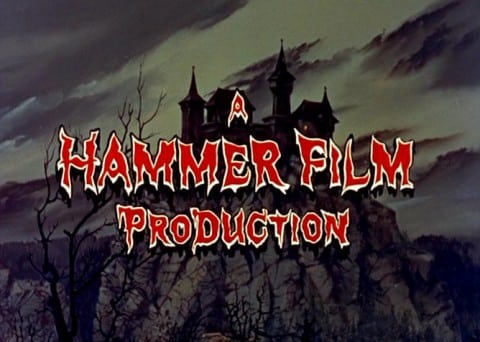
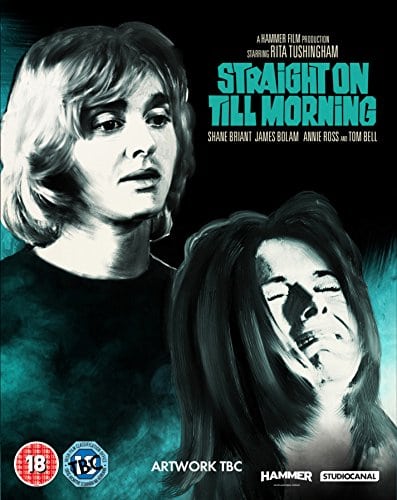
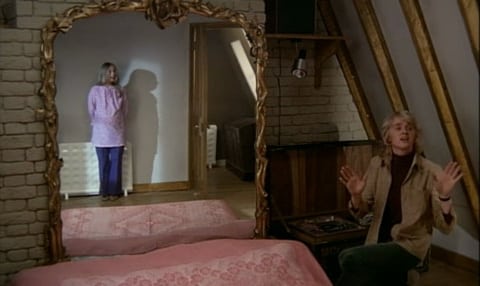


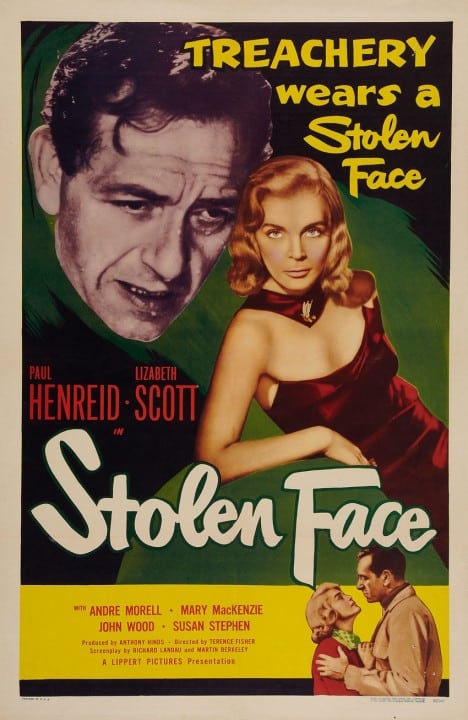
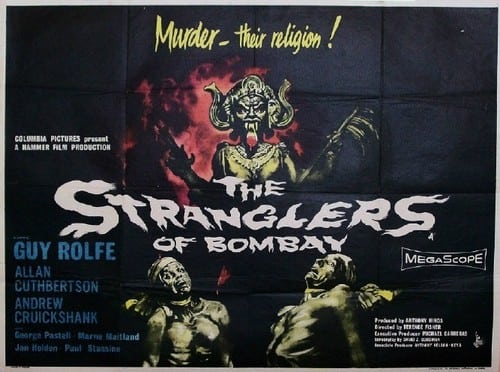
Be the first to comment